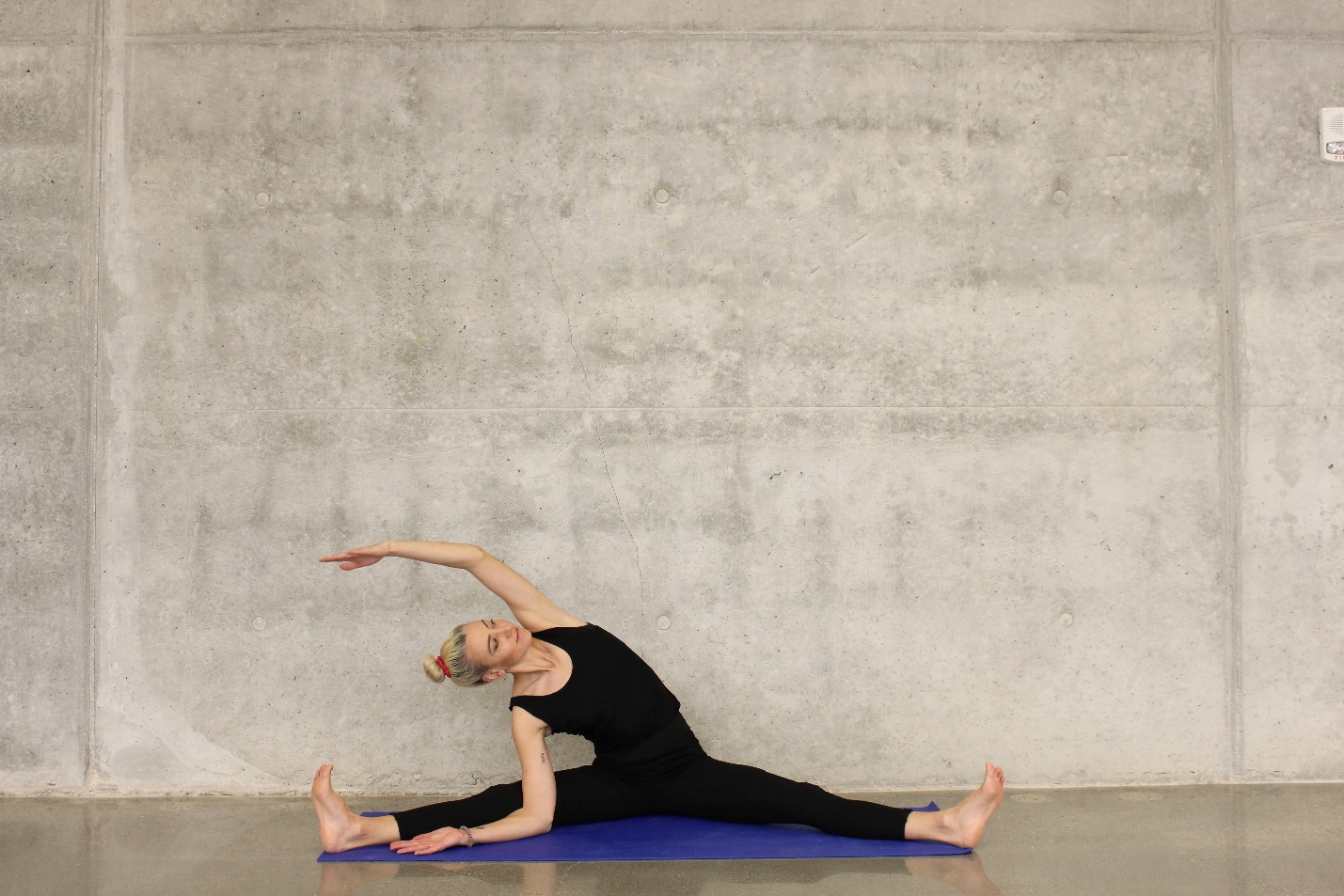Well-Being: Fitness & Diet
A Basic Understanding of Physiotherapy
By M.M. (staff writer) , published on April 20, 2021

Medicine Telehealth Health Physiotherapy
A Basic Understanding of Physiotherapy
Physiotherapy is a physical treatment technique that involves the whole body’s movement. It is an effective way of managing pain as well as disease prevention. A physiotherapist offers advice and medical aid to help the patients in their recovery.
There are different ways in which physiotherapy is administered. Contrary to many people’s beliefs, this medication is not only offered to people with sports-related injuries. Other patients who require physiotherapy include musculoskeletal disorder patients, children who have problem walking, people who’ve been in motor vehicle accidents among others.
Physiotherapy also helps rehabilitate patients who have undergone surgery. This helps them regain their sense of motion as well as keep physically fit. The main aim of physiotherapy is to revitalise a person who has been ill. Exercising regularly and incorporating a healthy diet into your lifestyle is also part of physiotherapy.
Examples of health problems that require physiotherapy?
- Arthritis
- Spinal injuries
- Fractured bones
- Obesity
- Muscle weakness
- Leg injuries
- Physical trauma
Different physical routines are recommended for different health issues.
Physiotherapy practices
- Massage
- Chin ups
- Walking
- Push ups
- Knee bends
- Weight lifting
Physiotherapy exercise is either passive or active. All the above activities are done under the physiotherapist’s supervision. If the patient is immobile, the physician may offer to move the his/her body parts as required.
The patient’s progress is recorded and the periods required to complete therapy reduce with time. Many physiotherapists set a time limit by which the set medical goal should be achieved. However, this time can be shifted if full treatment is not achieved by then.
Types of physiotherapy
There are 4 types namely: pediatric physiotherapy, neurological physiotherapy, orthopedic physiotherapy and geriatric physiotherapy. Below is a detailed explanation of each type of physiotherapy.
- Paediatric physiotherapy
This type of therapy is administered to children and teenagers who have health issues such as immobility, spina bifida, cerebral palsy, delayed physical growth among other issues. Children who get injured are also directed to this type of physiotherapy.
Paediatric physiotherapists are trained and qualified to specifically deal with physical health problems affecting children and teens.
- Orthopedic physiotherapy
People who suffer from musculoskeletal disorders are advised to receive orthopedic physiotherapy. It aims to restore mobility and correct the body posture. These disorders include back pains, neck pains, sprains, leg fractures among others.
- Geriatric physiotherapy
Old age may cause certain physical health issues such as lack of mobility, joint pain, gout, arthritis and others.
Geriatric therapy involves directing people of a certain age on the physical exercise to carry out to restore mobility, relieve pain or to keep them fit.
Sources
1. https://www.inyourhometherapy.com/our-blog/types-physiotherapy-aware/
3. https://www.bellerbys.com/guides/careers/physiotherapy-job-profile
4. https://www.versusarthritis.org/about-arthritis/treatments/therapies/physiotherapy/
Find articles related to: Medicine Telehealth Health Physiotherapy
More articles about Well-Being: Fitness & Diet
Back to the Health Tips Index




